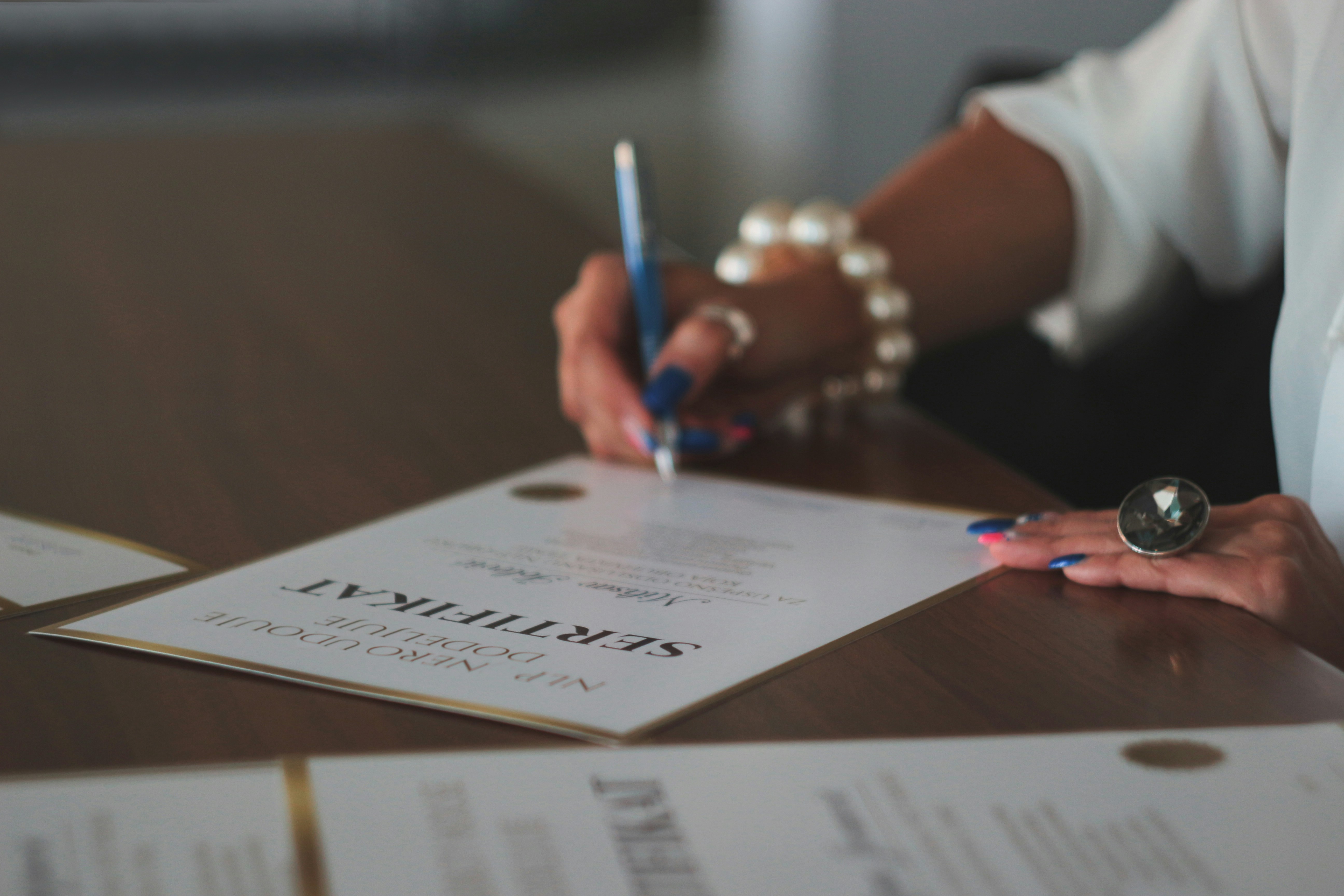
In Montreal (and across Quebec), the document people often mean by “rent certificate” or “certificate of rent paid” is the RL-31 slip (Relevé 31 – Information About a Leased Dwelling). Landlords/property owners (or a property manager acting for them) must issue it each tax year for tax purposes so tenants can claim the housing component of Quebec’s Solidarity Tax Credit.
What the RL-31 is (and isn’t)
-
What it is: An official document landlords file with Revenu Québec and give to tenants. It ties a rental unit (your rental address) to your provincial tax return for the correct tax year.
-
What it isn’t: It does not list your rent amount, total rent paid, or monthly rent payments. For those details and payment tracking, use rent receipts or your rental agreement/lease.
Why tenants need it
-
To claim tax credits (the Solidarity Tax Credit’s housing part) during tax season.
-
To show they paid rent for an eligible dwelling in Quebec in the past year (as of December 31).
Who must issue it and when
-
Landlords/property owners must create and file the RL-31 and provide a copy to tenants by the end of February following the tax year.
-
Not issuing it can lead to legal consequences and penalties from Revenu Québec (it’s a legal requirement).
How tenants use it
-
Keep the slip with your tax papers.
-
When you file your provincial tax return, you’ll enter the RL-31’s identifiers so Revenu Québec can match your rental property to your claim.
-
Double check names, rental address, and dates. If something looks off, verify information with your landlord and correct it before filing.
Rent receipts vs. RL-31 (important distinction)
-
Rent receipts: Show rent paid, rent amount, total amount over a period, payment dates, and can reference extras like a parking space or storage locker if they’re part of what you pay rent for. Useful for payment tracking, disputes, or moving records.
-
RL-31 slip: Needed for tax credits; it links you to the rental unit for the right tax year. It doesn’t total rent payments.
Tip: Ask your landlord for rent receipts if you want a running record of rental payments (tenant paid history). Keep both receipts and the RL-31.
Quick checklists
For tenants
-
In March, carefully review that you received the RL-31 for the past year.
-
Verify information (name, rental address, occupancy dates).
-
Keep rent receipts to know how much rent you paid (useful for various purposes, even though tax credits don’t require the total rent figure).
-
If the renter moves mid-year, still ensure the RL-31 reflects the situation as of December 31.
For landlords / property managers
-
Create and file RL-31s with Revenu Québec and provide them to all eligible renters by the end of February.
-
Confirm details: correct rental address, unit, and tenant names.
-
Maintain rent collection records and offer rent receipts on request (include any parking space/storage locker if applicable to payments).
-
Late or missing slips may trigger legal consequences.

FAQs (Montreal / Quebec)
Does the RL-31 show my total rent paid?
No. The RL-31 proves your rental unit status for tax purposes. Use rent receipts to track total rent and rent amount during the year.
What if my landlord hasn’t given me the RL-31 by end of February?
Ask in writing and keep a copy. If it’s still missing, contact Revenu Québec. Landlords are legally required to issue it.
Are parking or a storage locker part of the RL-31?
The RL-31 identifies the rental property; it doesn’t itemize extras. If you pay for a parking space or storage locker, make sure your rent receipts reflect those payments.
Can I use rent receipts instead of an RL-31 for the Solidarity Tax Credit?
No. Rent receipts don’t replace the RL-31 for claiming tax credits in Quebec.

Add new comment